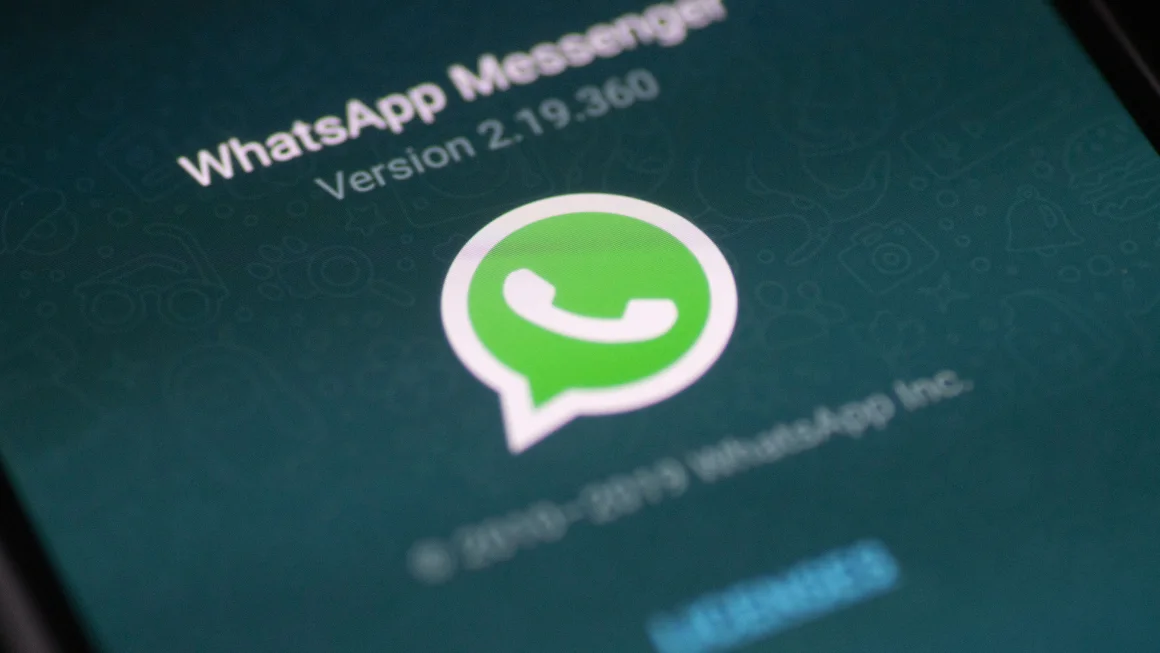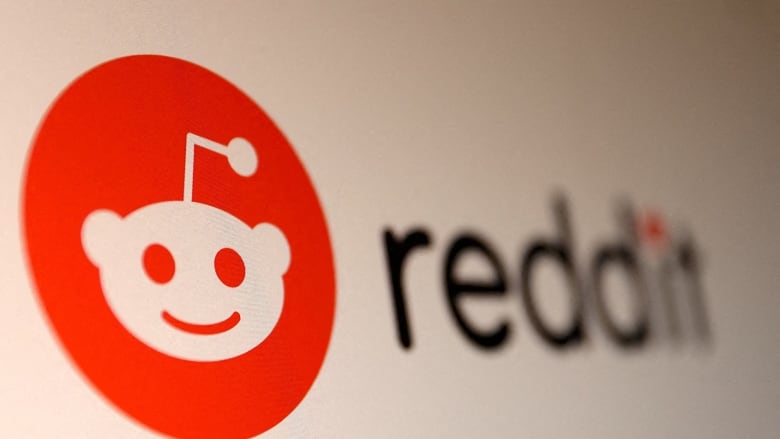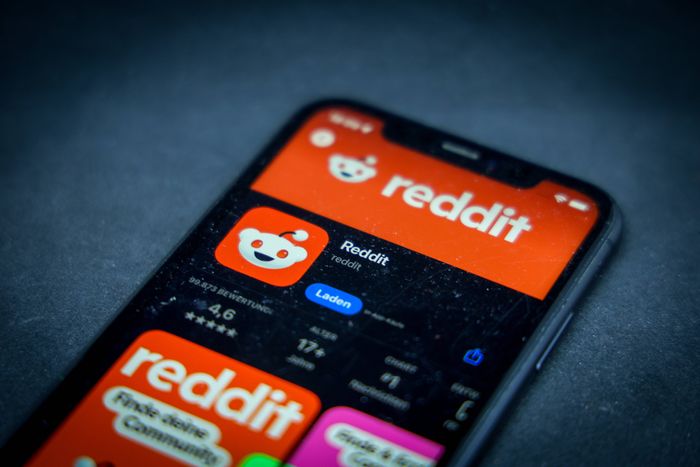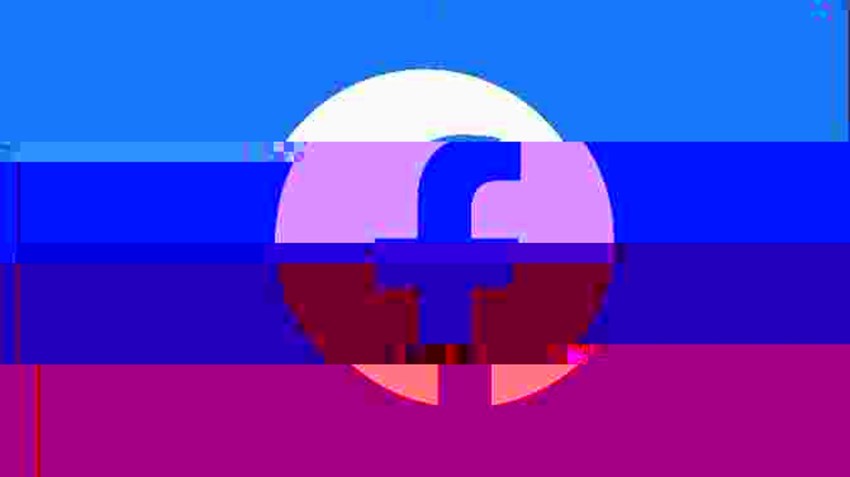This article is more than
1 year oldWaPo EXCLUSIVE: Move fast and beat Musk: The inside story of how Meta built Threads
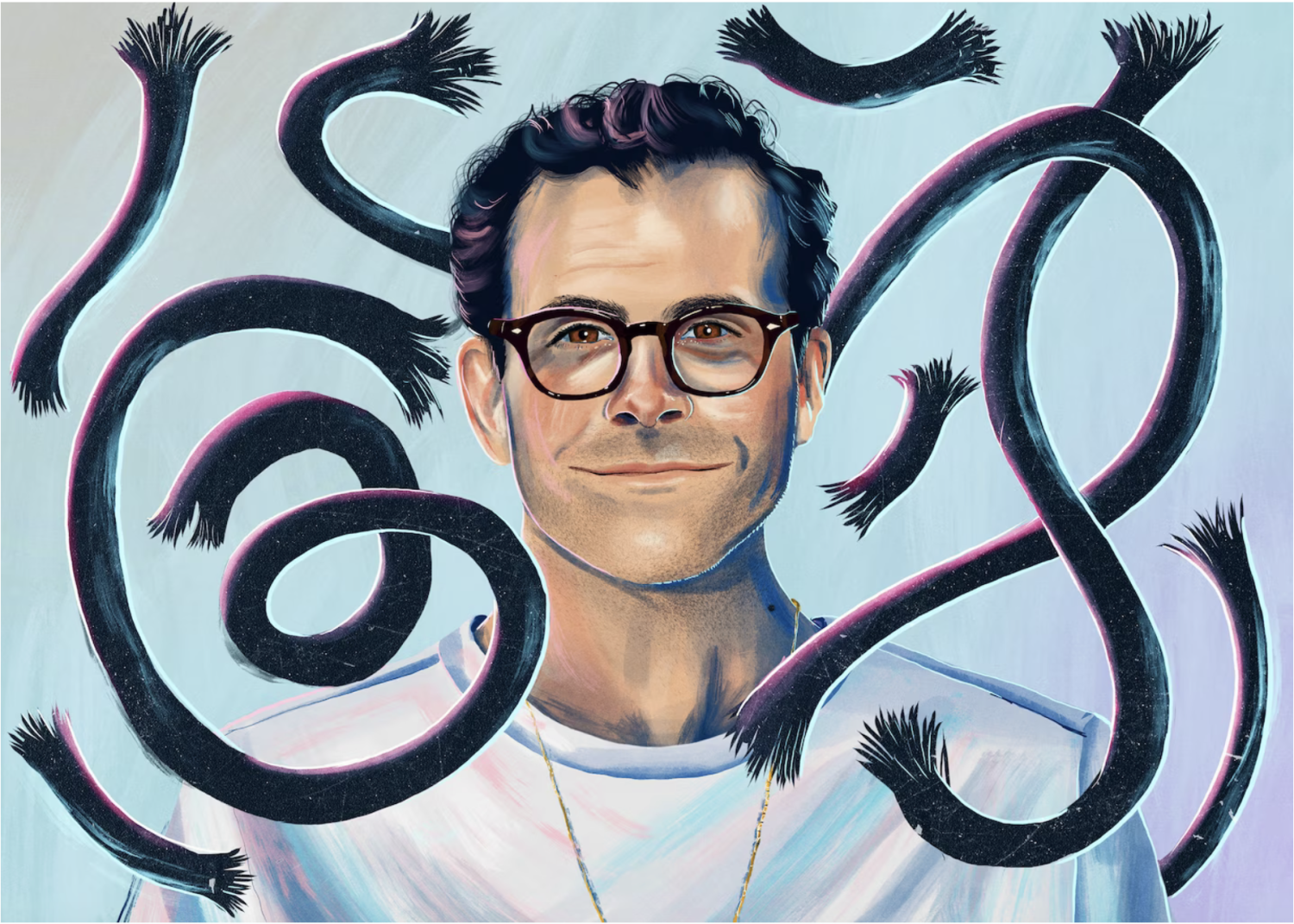
Adam Mosseri was on a family vacation in Italy last November when he learned he’d have to go toe-to-toe with Elon Musk. The mercurial Musk had just taken over Twitter. Amid the ensuing chaos, Mosseri’s boss at rival Meta smelled opportunity.
CEO Mark Zuckerberg and other Meta executives wanted to woo creators from Twitter to their social networks. Mosseri, who runs Instagram, paused his holiday to take Zuckerberg’s call.
It was nighttime in Italy, and Mosseri spoke softly to avoid waking his sleeping wife. The group discussed Twitter-like features they could add to existing apps, including Instagram.
Zuckerberg, however, had a different idea: “What if we went bigger?”
By the time the call ended well after midnight, Mosseri had a mandate to build a stand-alone app to compete with Twitter — and a knot in his stomach.
“Oh God, we’ve got to figure this out, because [Zuckerberg is] very excited about this,” Mosseri recalled thinking. “Sometimes you can tell when he kind of gets his teeth into something.”
Just seven months later, Meta unveiled Threads, a project that has shocked even its creators with its instant success. Launched a week early to capitalize on Twitter’s high-profile stumbles, including Musk’s decision to cap the number of tweets users could view each day, Threads drew more than 100 million users in its first five days — making it, by some estimations, the most successful social media app launch of all time.
Threads’ long-term success is not assured. Weeks after its July 5 launch, analytics firms estimated that the app’s usage dropped by more than half from its early peak. And Meta has a long history of copycat products or features that have failed to gain traction (along with a few, like Instagram Stories, that have thrived).
With Threads sign-ups surging past 30M, Zuckerberg notches a win
Still, its promising start has reinvigorated a company battered by layoffs, scandals and competition from TikTok for younger users. And the story of Threads’ creation, as recounted to The Washington Post by Mosseri and six other current and former employees, is being hailed by Meta leaders as a new path forward at a time when its ambitious, expensive push to build a virtual-reality-powered “metaverse” is sputtering and employee morale is flagging.
With a mandate from Zuckerberg to take a big risk, Mosseri assembled a lean, engineer-heavy team of fewer than 60 people to hack together a bare-bones app on a breakneck timetable more reminiscent of a start-up than an entrenched tech giant. Speaking to investors this week after Meta reported strong earnings, Zuckerberg held up Threads as vindication of his “year of efficiency,” in which he sheared tens of thousands of jobs in a bid for more agile teams that would ship products quickly.
That Threads was created by such a small group in such a short amount of time has become something of a marvel inside Meta, according to current and former employees who spoke on the condition of anonymity to discuss internal matters, as well as private messages viewed by The Post. Many see its quick rise as a reminder that well-executed product launches might not need all the bureaucratic trappings that a company with some 66,000 employees had grown accustomed to.
“Quick execution. Nothing fancy,” one person wrote on Blind, an anonymous workplace app. “Just solid engineering that most of our ICs[individual contributors] can do but unfortunately are shackled.”
Now that Threads’ daily users have plummeted, the team behind it faces a new test: turning a bare-bones Twitter clone into a thriving social network with its own identity and staying power.

‘Do the simple thing first’
Meta has long viewed Twitter as a competitor: Zuckerberg reportedly tried to buy the platform in 2008 for $500 million. But while Twitter captured the cultural and political zeitgeist, its business — with 237.8 million daily users and $5 billion in annual revenue — remained a fraction of Zuckerberg’s empire, and never posed a serious threat.
“They haven’t been the business we thought they might,” Mosseri said.
But once Musk took over Twitter, embarking on what Mosseri called “high-risk” decisions like limiting the reach of posts for users who hadn’t paid for verification, company executives inside Meta pounced.
Zuckerberg wanted Threads up and running by January, less than two months after greenlighting it. Mosseri, who oversaw the work along with longtime product leader Connor Hayes, tempered the CEO’s expectations, saying they first needed to assemble the right team.
Over the next few months, the pair recruited an engineer-focused group, prioritizing people “willing to be scrappy, and sort of just crank through a bunch [of tasks] really quickly,” Mosseri said. He drew workers from Messenger, Instagram and Facebook.
Twitter attorney Alex Spiro earlier this month accused Meta of poaching Twitter employees to help create its “copycat” app so rapidly. But no one on the Threads engineering team is a former Twitter employee, according to Meta spokesman Andy Stone.
Initially, the team carried just two product managers and one or two designers alongside dozens of engineers — a flatter and more coder-dominated group than most Meta product teams, Mosseri said. (At launch, it had grown to three product managers, three designers and 50 coders.) Instead of 30-minute presentations on a single design decision, typical at Facebook and Instagram, “It would be like, ‘Here are six things we need to go through this week.’”
How Mark Zuckerberg broke Meta's workforce
The process was a manifestation of what has been a divisive era at Meta, as it shed more than 20,000 workers in layoffs designed to return the business to what Zuckerberg has called “a more optimal ratio of engineers to other roles.”
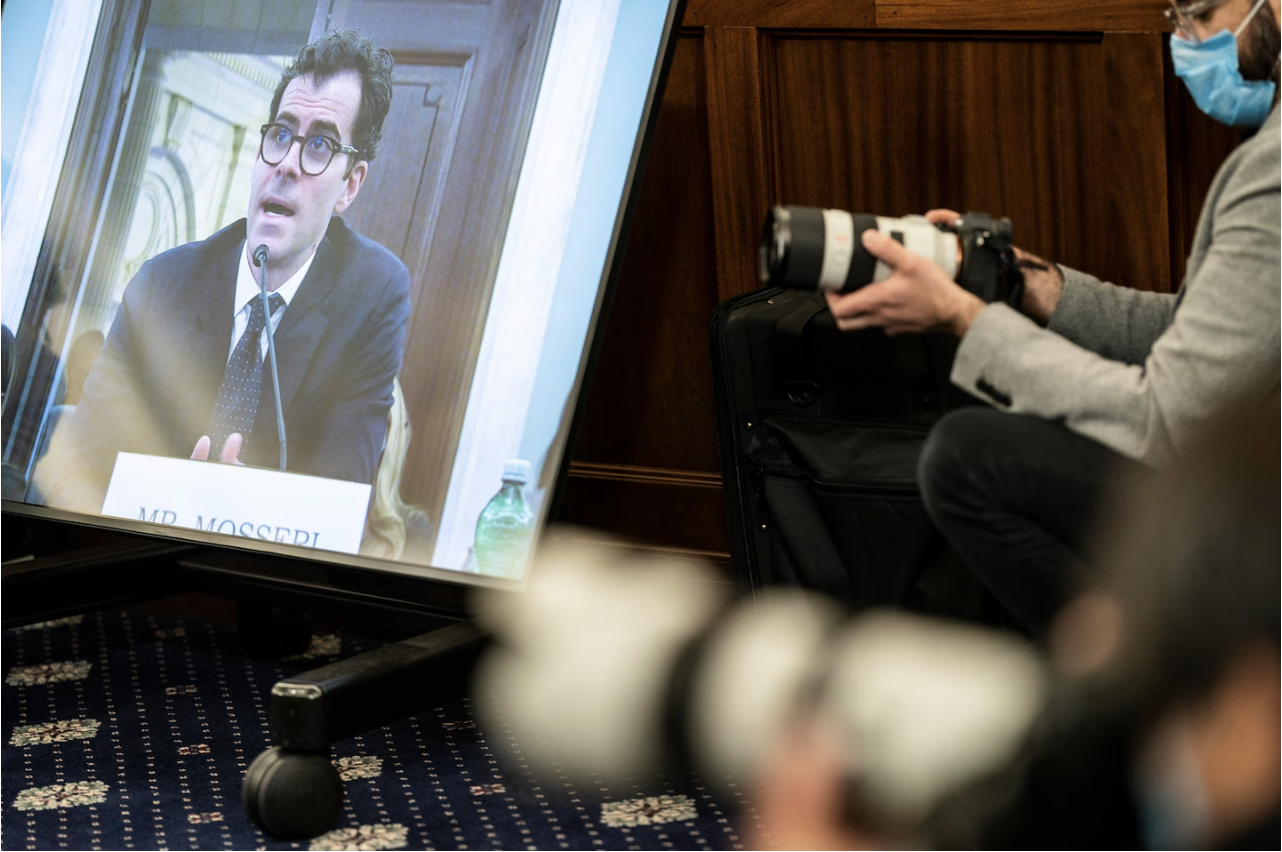
To keep things moving, the Threads team punted thorny decisions and eschewed difficult features, including private messages and the ability to search for content or view the feeds of people you don’t follow. The company also opted not to launch in the European Union, where regulators are preparing to enforce new rules next year requiring tech companies to provide more information to regulators about their algorithms.
“You do the simple thing first,” Mosseri said. “And I think that also helps reduce the scope, because often what happens is scope creep and you want to add all these things because they’re all great.”
Threads isn’t the first product Meta has hustled to market for competitive reasons.
In 2020, it spun up a short-form video product, Instagram Reels, to vie with TikTok, said Sam Saliba, a former global brand marketing lead for Instagram. Meta launched its rival service at a moment when TikTok was politically vulnerable: President Donald Trump was seeking to ban the app or force a sale, citing national security concerns about the company’s Chinese ownership.
“They saw that as an opportunity to kind of launch quickly and get out the door and then build and iterate,” Saliba said. “When it launched it was like a barely minimal product, like really thin.” (Meta spokeswoman Seine Kim said the company worked on Reels for over a year.)

Meta hopes Threads can steer clear of the political quagmires that have made Twitter and other social media platforms so controversial. Mosseri stirred debate earlier this month when he said Threads would not actively “encourage” politics and “hard news,” because the extra engagement is not worth the scrutiny.
Meta’s president of global affairs Nick Clegg later elaborated in an interview that the company would likely not add specific news-focused product features, but would give more users control over what they see. Zuckerberg, for his part, has proudly welcomed some of his favorite mixed martial arts athletes to the platform.
But if Threads takes off, the company might find it impossible to avoid the sort of politically charged decisions that have made operating Facebook, Instagram and WhatsApp so challenging.
Some of Threads’ most influential early adopters were journalists and media organizations sharing the kind of breaking news that generates partisan reactions. Politicians such as Rep. Nancy Pelosi (D-Calif.), Rep. Alexandria Ocasio-Cortez (D-N.Y.) and several Republican presidential hopefuls, including Mike Pence, were also quick to join the platform.
Mark Zuckerberg unveils ‘scrappier’ future at Meta after layoffs
Meta can’t just “wish away” political discourse if it hopes to serve users fleeing from Twitter, said Yael Eisenstat, vice president at the Anti-Defamation League and a former senior Facebook policy official. She criticized the company’s approach of prioritizing a rapid launch over careful consideration of the ways Threads could be exploited for hate speech, harassment or political misinformation.
“I really at some point thought that we had finally moved on from this whole ‘move fast and break things’ mentality,” Eisenstat said, referring to a famous internal motto from Facebook’s earlier days. “If there’s any company that should have learned the lessons of the real damage that can be done by not building in the proper safety mechanisms, privacy assurances, and integrity products, it should be Meta.”
Meta’s Kim responded, “Our industry leading integrity enforcement tools and human review are wired into Threads.”
‘Are we sure about these numbers?’
When Musk announced July 1 that Twitter would temporarily limit the number of tweets users can read per day to combat an influx spam and bots, Meta took notice. Whereas new apps often face launch delays as the team works out kinks, Mosseri and company decided to move up Threads’ launch date by about a week. (Two weeks later, Mosseri would announce a measure to fight an influx of spam attacks on his own platform.)
After realizing the app would drop into some international app stores before it was live, Meta pivoted again, shaving another few hours off its launch.
That night, a “core group” worked together at Meta headquarters while Mosseri and other team members chatted on an internal messaging forum, watching the sign-ups pour in. Mosseri recalled astonished team members asking, “Are we sure about these numbers? Can someone double-check that the logging isn’t messed up?”
As the number of sign-ups blew past the team’s expectations, they started throwing out predictions of how high it might go, Mosseri said. Their giddiness was tempered when the avalanche of users triggered roughly a dozen severe technical glitches on the first day.
Still, the aggressive timeline seemed to pay off: The next morning, Zuckerberg publicly touted the apps’ early success, saying it “feels like the beginning of something special.”
For the first time in years, Meta had a viral hit on its hands — the first one built internally since the original Facebook app.
Inside the firm, there was jubilation and perhaps relief, current and former employees said. Rank and file workers flooded Blind with analyses of the app’s initial success in messages viewed by The Post.
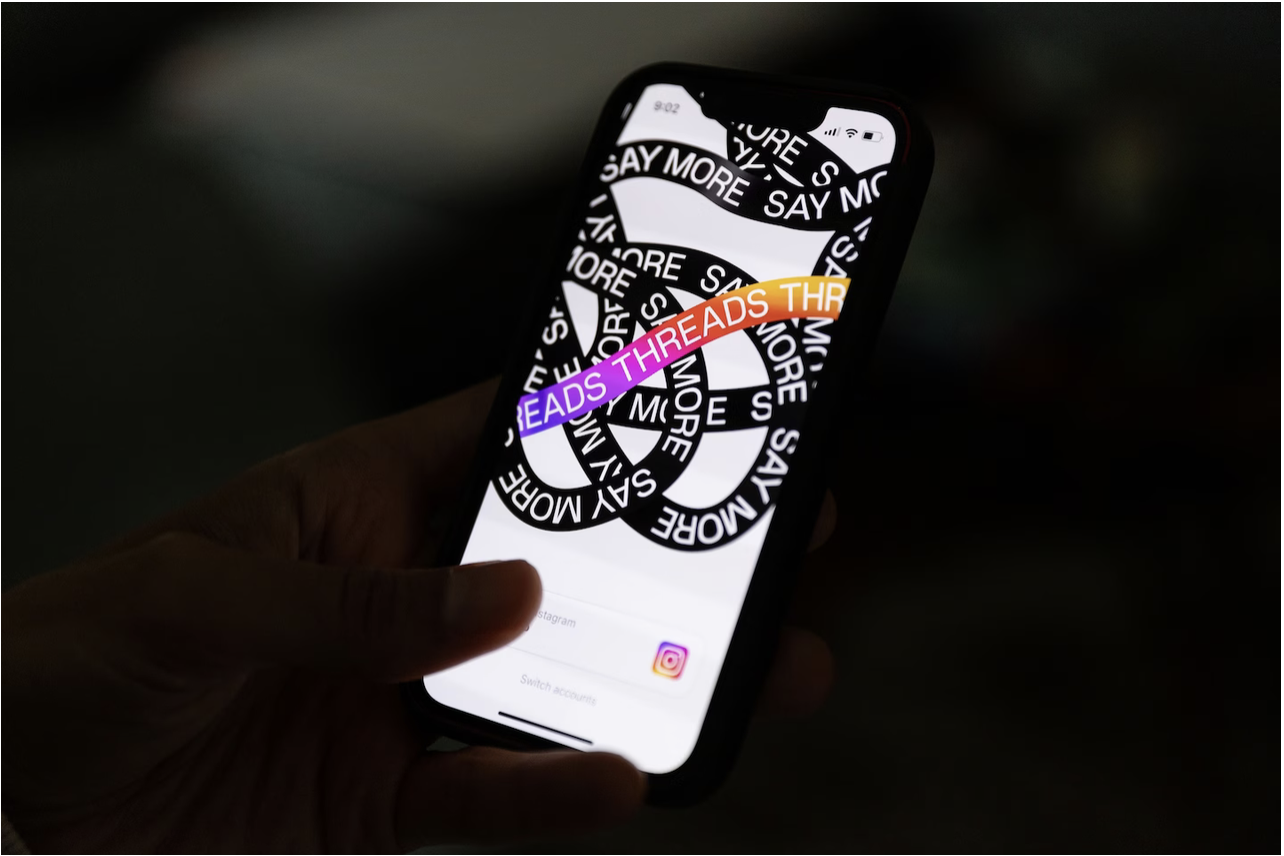
Still, getting users to log in to a Twitter alternative is one thing. Getting them to stick around is another — as Mastodon, Bluesky and any number of start-ups can attest.
By the end of last week, third-party analytics services began reporting steep drops in Threads’ engagement. On Google’s Android platform, it was down from a high of 49 million daily users on July 7 — nearly half that of Twitter — to just 12.6 million on July 23, according to estimates from Similarweb.
While Mosseri didn’t confirm those numbers, he said it’s normal to see a “novelty spike’” when a buzzy social experience launches. “I think things weren’t as amazing as people were saying when we were at the peak, and it’s certainly not as bad as people are saying now that we’re stabilizing.”
Meta is done moderating. On Threads, users decide what they see.
Threads’ unexpected popularity prompted Mosseri to cut short another Italian vacation last week to handle a deluge of requests and concerns from other Meta teams, such as communications and policy. He said he wants to keep the core Threads team insulated so they can focus on adding the features users expect from a full-service social app.
Asked what he sees as the key to Threads’ long-term success, Mosseri didn’t offer the sort of big-picture vision he has become known for at Meta. Instead, he pointed to four short-term priorities: helping users build their lists of people to follow, improving the algorithms that decide what users see, giving users a way to see posts only from people they follow, and figuring out how to let people message each other.
“Lots of basics like that really need to get fixed — and fixed quickly,” he said.
Five days after Mosseri spoke with The Post, Threads rolled out numerous new features, including a feed that shows users posts only from the people they follow.
Meanwhile, the internal excitement about Threads has validated advice Mosseri said he received from Instagram co-founder Kevin Systrom soon after Mosseri replaced him in 2018: Often, the best way to boost morale — even in a company battered by missteps and layoffs — is simply to deliver functional products.
“You’re focusing a lot on talking to everyone,” Mosseri recalled Systrom telling him. “Just make sure you ship things that work and then everything will be easier, I promise.”
Gerrit De Vynck contributed to this report.
By Naomi Nix
Naomi Nix is a staff writer for The Washington Post, covering Meta and other social media companies. Before joining The Post in 2022, she was a reporter for Bloomberg News and the Chicago Tribune. Twitter
By Will Oremus
Will Oremus writes about the ideas, products and power struggles shaping the digital world for The Washington Post. Before joining The Post in 2021, he spent eight years as Slate's senior technology writer and two years as a senior writer for OneZero at Medium. Twitter
Keywords
Newer articles
